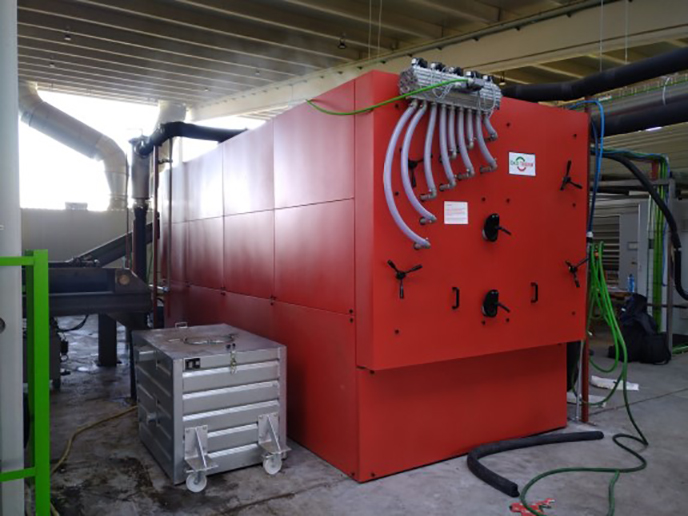Upcycling useful ingredients from food waste
Approximately one third of food produced in Europe is thrown away, and much is wasted during production. This annually amounts to about 90 million tonnes of food waste, enough to cover around 12 000 football fields. Such quantities of waste create a significant environmental problem. Factoring in vehicular transportation, each tonne of wasted food ends up yielding on average 2 tonnes of CO2 emissions. Lowering the impact of food production is part of the European Commission’s action plan for the circular economy(opens in new window). Food waste is generally processed via composting and incineration, yet this too is wasteful. Food waste contains valuable ingredients that can be extracted and put to profitable use. The EU-funded DRALOD(opens in new window) project developed a system for recycling food waste into new products. Part of the system involves a novel dryer technology, and the remainder features various chemical processes for extracting key ingredients from the dried waste. The project’s three-part goals included pre-commercial, business and technical objectives. Concerning the latter, the team developed and validated aspects of the drying and energy management systems, concluding with the design and commissioning of a pilot demonstration plant.
Renewably powered dryer
Wet waste is bulky and heavy, so the first treatment stage involves drying to reduce volume and weight. “Our air-drying process runs off a mixture of renewable energy sources,” explains Alfonso Pérez Carballo, project coordinator. “Solar provides about 50 %; the remainder comes from various biomass sources.” Combining two renewable energy sources results in a very low carbon footprint, and energy recovery systems improve the efficiency still more. Drying takes about 24 hours, long enough to destroy pathogens. Yet, the process is cool enough to avoid the breakdown of useful organic molecules recovered during the upcycling process. The process yields a stable dried product that will not ferment or break down, of much lower volume and weight than the original waste and having a shelf life of over 1 year.
Reclaiming useful compounds
The dried food waste can be further treated to reclaim useful substances. “Then the waste is not waste anymore,” adds Pérez Carballo. “It is upcycled for a second life. Depending on the type of food waste processed, different compounds can be extracted for different industries. For example, we can find proteins, prebiotic fibres, polyphenols and a long list of other ingredients.” These can be used by the pharmaceutical and nutritional supplement industries. DRALOD’s pilot plant ran for a demonstration period of several months. Researchers designed it to process 35 000 tonnes of waste per year, which the drying reduced by 65 %. Project calculations show that transporting the plant’s yearly dried output over 200 km would reduce CO2 emissions by over 1 000 tonnes per year. Compared to drying systems that run on natural gas, the plant should save 8 200 tonnes per year of CO2. The project team also demonstrated full compliance with EU regulations, so achieving regulatory certification. Thanks to the DRALOD system, food waste can be reprocessed and repurposed. Doing so also reduces CO2 emissions.







